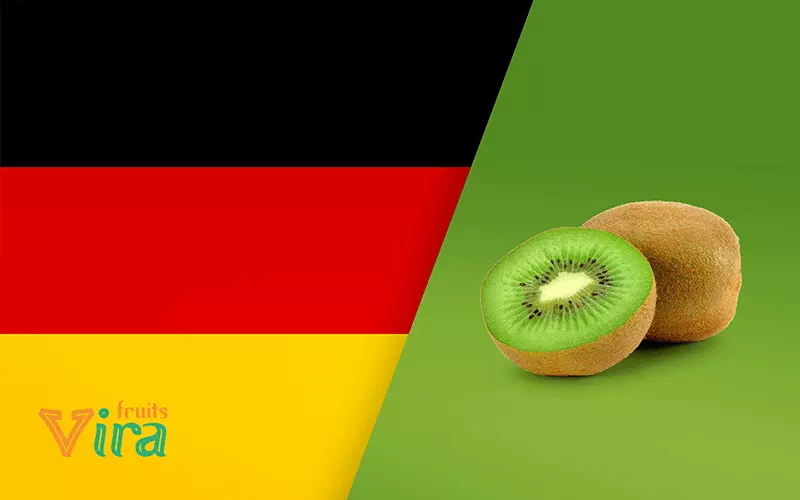Kiwifruit marketing has been facing lots of challenges globally. Since there are many requirements, many countries produce this tasty fruit. As a result, the marketing is supposed to be in good condition. However, things like boycott and weather situations affect Kiwi marketing. Every country has its own marketing challenges, which some have been mentioned here.
Challenges in China
There have been fewer Chinese Kiwi exports this year as compared to previous ones.China’s price of green and yellow kiwi fruit has fallen while sales dropped. In contrast, red kiwis have performed well in the market, seeing a price increase by more than 100 percent. There is a decrease in the price at the origin of red kiwis this season as compared to previous years. In China, social media has contributed significantly to this market’s growth. Live broadcasts resulted in many fruit prices increasing in quick succession, leading to reduced stocks and a rapid end to the sale.
The price of red kiwis varies significantly from the green and yellow kiwifruits; the cost of imported red kiwis is much higher than the green and yellow kiwifruits. This variety is experiencing severe loss in overseas sales due to coronavirus outbreaks. Southeast Asia currently sells its kiwifruits at a premium price. Due to this, exports have declined in comparison to previous years. In addition to the adverse market conditions for imported kiwis, this year is also expected to be poor. Both the yellow Dori and Hayward kiwifruits from Italy are not gaining popularity in China. The drop in production can be a contributing factor to the higher price. Besides, transport costs at the moment are incredibly high. Italy’s exports to China have decreased as a result of risk management measures.

Kiwifruit Marketing Challenges in France
Taking the volume into account, the French production this year is negligible. Pricing becomes important for French production and a good quality aided by a high Brix index is helpful in that sense.
Challenges facing Kiwifruits in Turkey
Kiwifruit is not a very common fruit export for Turkey. Kiwifruits are being shipped large scale for the first time this year by numerous companies. The company targets Middle Eastern, Italian, and Spanish markets. Besides Russia, German supermarkets are also a potentially profitable market. In spite of competition from Greece and Italy, the Turkish suppliers believe that they are able to compete in quality and price.
What challenges Greece’s kiwifruit marketing are faced?
Greek volumes are terrific this season. Quality is better on average, but they’re a bit smaller than last year. There is a good deal of demand for the product, in any case. In response to the coronavirus outbreak, several countries have taken more measures to protect workers. However, since Greek exporters have followed the guidelines and are protecting their employees, this is not expected to adversely affect the season for kiwifruit in Greece. Compared to last season, prices have risen slightly.

German’s challenges
As temperatures continue to drop, there will be a reduction in the demand for many kinds of fruit. Conversely, the kiwi industry is expanding rapidly, especially in Germany’s southern regions. In Europe, there is still plenty of production taking place with production from France, Greece, and Italy. Compared to other countries, France has the highest average price, with an average of 3.24 Euro per kilo for the larger sizes. Among them, the Greek costs only around 1.59 Euro per kilogram.
Kiwifruit markets in Spain and their challenges
It has been reported that the production of Spanish kiwis has dropped by 6 to 8% this season in comparison with the last one. Spain’s central producing regions, Galicia and Asturias, started exporting kiwifruits in December with abundant large sizes. Prices for small kiwis have gone up significantly and are on par with medium-sized kiwis.
One trader in Spain states that sales of kiwifruit have been strong and prices have been reasonable. He declares that additionally, we have noticed a decrease in competition from Italian and Greek kiwis, whose harvests have also dived. This year, imports are more expensive, so the Spanish Kiwis have an advantage. A slight drop in production and good sales make the Spanish kiwifruit season conclude earlier than expected as it ends earlier than usual in mid-April.
